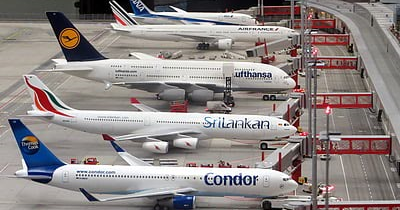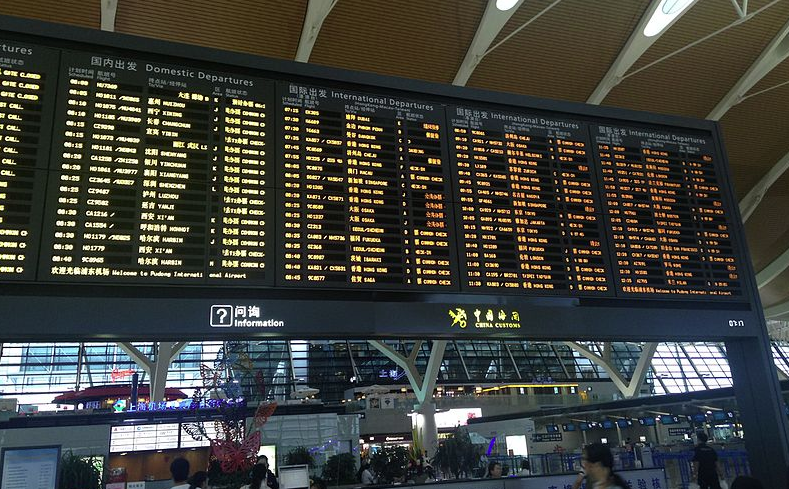Ninety miles south of Phoenix is an airport located in the middle of the Arizona desert just off of an isolated strip of I-10. With only one runway and no passenger terminal, Pinal Air Park doesn’t see commercial airline service but it is home to some of the most iconic aircraft ever to roam the skies.
Known in the industry as an aircraft boneyard, Pinal Air Park is where aircraft are housed for long-term storage. In other words, it’s a retirement home of sorts for grounded airliners whose time has come as newer, younger planes take their place in airline fleets across the world.
At the airfield in Marana, Arizona, the skeletons of old workhorses, including some from airlines that do not exist anymore, can be found baking in the desert sun. While their time in the sky has long passed, their parts continue to prove useful to current sky-bound aircraft.
Read Also:
Coronavirus: Greece saved Europe by preventing the deployment of a biological bomb – Analysis
Though most aircraft that enter storage in Marana never take to the skies again, the COVID-19 crisis has given the town a slew of new arrivals that airlines hope will only be temporary visitors rather permanent residents.
Take a look at which aircraft some of the world’s airlines are sending to the Arizona desert to ride out the industry downturn caused by the spread of the novel coronavirus.
Pinal Air Park in Marana, Arizona is one the many aircraft boneyards located in the American Southwest, a region known for its hot, dry climates that help preserve aircraft.
Read more: Business Insider






































